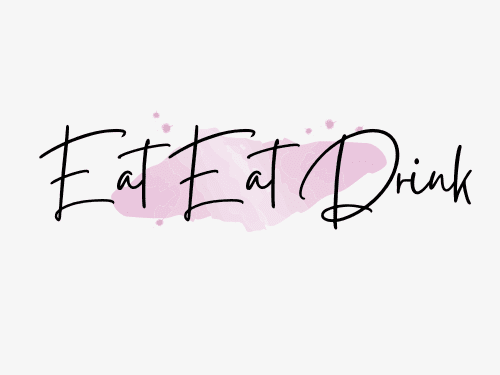Can Toddlers with Esophageal Atresia Safely Enjoy Apples?
Esophageal atresia is a rare birth defect that affects the esophagus, the tube that connects the mouth to the stomach. It occurs when the esophagus does not develop properly, leaving a gap between the upper and lower parts. This condition can cause feeding difficulties in infants, including choking, coughing, and vomiting.
One common question parents of toddlers with esophageal atresia may have is whether their child can safely eat apples. Apples are a nutritious fruit that are often recommended for children, but for children with esophageal atresia, eating solid foods can be a challenge. It is important to understand the potential risks and benefits of feeding apples to a toddler with esophageal atresia.

While there is no one-size-fits-all answer to this question, it is generally recommended that parents of toddlers with esophageal atresia consult with their child’s healthcare provider before introducing solid foods like apples. Depending on the severity of the child’s condition, their healthcare provider may recommend pureeing or mashing the apple to make it easier to swallow, or suggest waiting until the child is older and better able to handle solid foods.
Can Toddlers with Esophageal Atresia Eat Apples?
Benefits of Apples
Apples are a great source of nutrition for toddlers with esophageal atresia. Apples are high in fiber, which can help regulate digestion and prevent constipation. They also contain important vitamins and minerals, such as vitamin C and potassium, which are essential for growth and development.
Apples can also help strengthen the immune system, which is important for children with esophageal atresia who may be more susceptible to infections. Additionally, apples can help promote healthy teeth and gums, which can be a concern for children with esophageal atresia who may have difficulty with oral hygiene.
Risks of Apples
While apples are generally safe for toddlers with esophageal atresia, there are some risks to be aware of. Apples are a common choking hazard, especially for young children who may not be able to chew their food properly. To reduce the risk of choking, it is important to cut apples into small, bite-sized pieces and supervise your child while they are eating.
Apples are also a high-acid food, which can irritate the esophagus and cause discomfort for children with esophageal atresia. If your child experiences any discomfort or reflux after eating apples, it may be best to avoid them or limit their intake.

Precautions to Take
When introducing apples into your child’s diet, it is important to start with small amounts and monitor their reaction. If your child has difficulty swallowing or experiences any discomfort, it may be best to avoid apples altogether.
It is also important to choose apples that are firm and free of bruises or soft spots, as these can increase the risk of choking or spoilage. Finally, always supervise your child while they are eating and encourage them to take small bites and chew their food thoroughly.

Tips for Eating Apples Safely with EA/TEF
My daughter is almost 4 years old now and has Long Gap Type A Esophageal Atresia. Here are some tips that we have found to help eat apples safely.
1. Slice Thin
We have tried multiple ways to cut apples and have found that cutting them into very thin slices works best. We leave the skin on, but we have our daughter eat around the skin. The skin can back up in her esophagus and lead to a stucky.
2. Cook Them
Raw apples can be very starchy and need to be chewed very well, so we have started sauteing them with brown sugar and butter. This not only softens the apples, but it breaks down the starchiness. I typically peel the apples first before cooking them.
3. Puree/ Applesauce
Since my daughter was about 2 years old, we have regularly given her applesauce instead of plain apples. She does very well with applesauce and we can serve it in a bowl or a reusable pouch. We like to use the Baby Brezza pouches because they are pretty cheap and easy to clean.
4. Small Bites
Any way that we serve apples, we encourage small bites and lots of drinking in between. This concept of “Eat – Eat- Drink” helps food not back up in her esophagus due to low or no motility. The drinking helps encourage the food to pass along to the stomach. This also slows her down so she can’t put too much food all at once in her mouth.

Conclusion
Overall, Apples are a wonderful and healthy treat. We don’t want to cut out certain foods because they may be difficult to chew and swallow. Instead we want to find new and different ways to eat them.
My daughter may not ever be able to eat a whole apple with skin on it, but she can still enjoy the flavor and texture of apples in a safe way.





